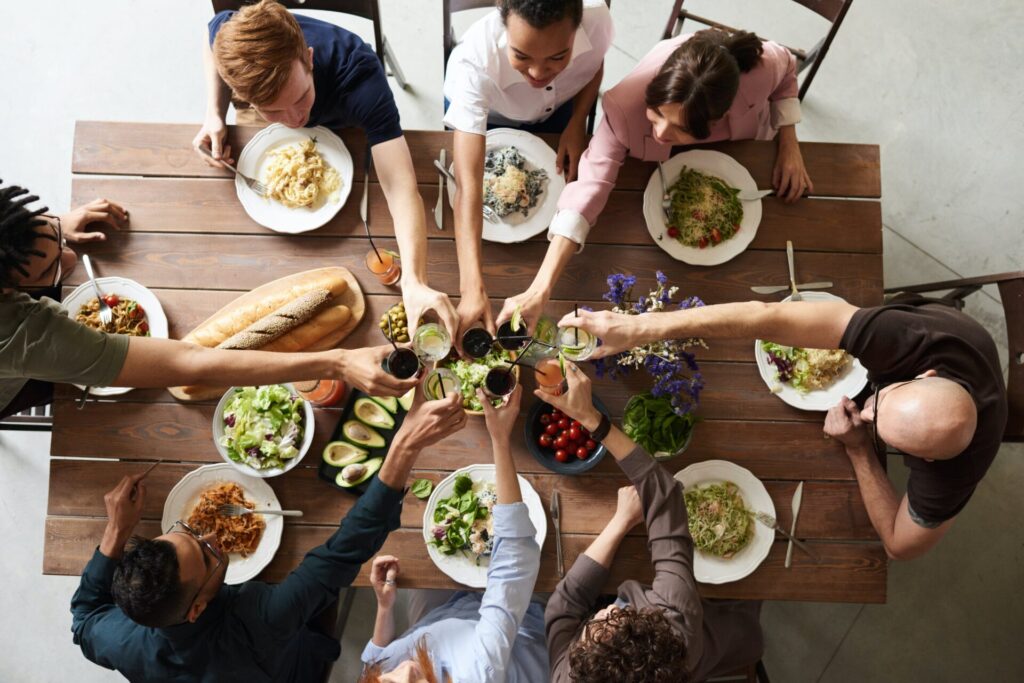Thanksgiving is a time for gratitude, family, and food. However, it can also be a challenging time for those with dietary restrictions or those striving for body positivity. Here are some tips to navigate these challenges:
Body Positivity
When it comes to body positivity during Thanksgiving, there are several strategies that can be employed. One of the most effective is to change the focus of the conversation. Instead of discussing diets or body sizes, try to steer the conversation towards neutral topics like hobbies, work, or travel. This can help to create a more comfortable and inclusive environment for everyone involved.
Another important aspect of body positivity is speaking out against diet culture or fat shaming. If someone comments on your body size or what’s on your plate, it’s perfectly acceptable to politely ask them to refrain from such comments. This can help to establish boundaries and promote a more positive and respectful atmosphere.
Self-care is also crucial during this time. Setting aside time for activities that make you feel good about yourself, such as painting your nails, going for a walk, or reading a book, can help to boost your self-esteem and overall mood.
It’s also important to remind yourself that Thanksgiving is just one meal on one day. If you’re struggling with body image or an eating disorder, try to allow yourself to enjoy the meal without guilt. This can be a challenging task, but it’s important to remember that it’s okay to indulge every once in a while.
Practicing gratitude can also have positive impacts on your mood, stress levels, sleep, and more. Try to have body positive affirmations to use and help yourself through the stress of the holidays. This can help to shift your focus from negative thoughts to more positive and uplifting ones.
Dietary restrictions
When it comes to dietary restrictions, planning ahead is key. If you know your guests’ dietary restrictions in advance, you can plan your menu accordingly. For example, if you have vegan guests, you might want to focus on vegetable and whole-grain sides, and use maple syrup as a sweetener. For gluten-free guests, you could research and buy a gluten-free turkey, make a gluten-free stuffing option, and have plenty of vegetable sides free of gluten-containing grains.
If you find out about a dietary restriction at the last minute, there are still things you can do. For vegans, you could quickly make a bean salad. For gluten-free guests, you could serve vegetable sides made without gluten.
Consider dishes that most people can eat, like steamed green beans, mushroom gravy, and roasted Brussels sprouts. These versatile dishes can cater to a wide range of dietary needs and preferences.
Remember, the goal of Thanksgiving is to enjoy the company of loved ones and express gratitude. By promoting body positivity and accommodating dietary restrictions, you can help ensure that everyone feels comfortable and included. This can help to create a more enjoyable and memorable Thanksgiving for all.


